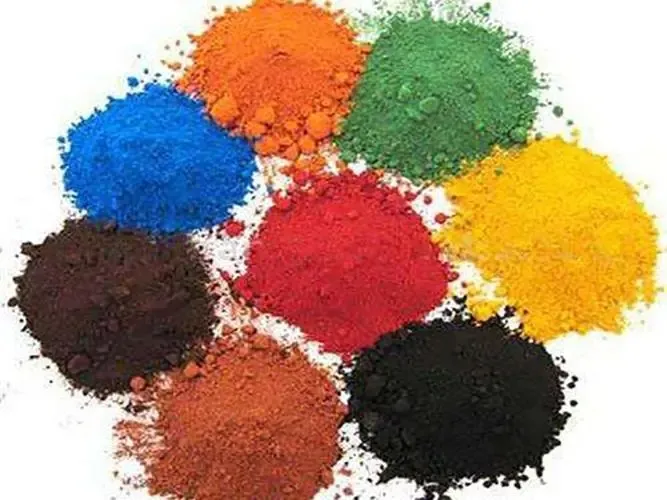The Key to optimizing slurry performance
During the preparation of ceramic slurry, dispersion agents are indispensable additives. sodium tripolyphosphat
As a dispersant, it plays a key role in ceramic production.
Important role in improving the performance of pulp
The basic principle of using a dispersant in ceramic slurry is that the dispersant is adsorbed on the solid surface of the slurry, which changes the interface nature and reduces the tension of the interface. This process achieves the stable and dispersing effect of the slurry.
Sodium tripolyphosphat mechanism
By replacing the water adsorption of the original particles, sodium tripolyphosphate
Enter the liquid phase, dilute the slurry, and increase liquidity. At the same time, in the case of maintaining the viscosity of the slurry, the solid content can be significantly improved, and the slight sewing is separated by the pressure of the split force, which fully disperses the original reunion particles.
Application in ceramic glaze
Applicable to the dispersing of kaolin and pushing soil: ceramic -grade Sodium Tripolyphosphate
It is performed well in the dispersing process of kaolin and pussy.
As a glaze decomposition: solve the problem that the glaze paste becomes non-flow, it can be directly added to the mixing barrel of the glazed line to obtain a smooth glaze.
As a dispersant: It is suitable for the decentralization of spinal materials with low refractory materials and clay content of coatings, refractory materials and clay content, and improves the stability of the slurry.
Key steps to optimize ceramic slurry
When grinding glazed, add sodium tripolyphosphate
Through the role of Van Deli, static position resistance, and space resistance, the uniform dispersing of the particles is achieved, ensuring the stability and uniformity of ceramic slurry.
Kesimpulan
In ceramic production, sodium tripolyphosphate
As a dispersant, it not only optimizes the performance of the slurry but also improves the appearance and performance of ceramic products. Its reasonable use is an important step to ensure the quality of ceramics.
Pertanyaan yang Sering Diajukan (FAQ)
Q: What is the role of Sodium Tripolyphosphate in ceramic production? A: Sodium Tripolyphosphate acts as a dispersant, optimizing the performance of the ceramic slurry and improving the quality of the final products.
Q: How does STPP improve slurry performance? A: STPP replaces water adsorption on particles, dilutes the slurry, increases liquidity, and improves solid content, ensuring uniform dispersion and stability.
Q: Can STPP be used in glaze applications? A: Yes, STPP is effective in dispersing kaolin and pushing soil, as well as acting as a glaze decomposition agent and dispersant for materials with low refractory content.
Q: Why is dispersant important in ceramic production? A: Dispersants ensure the stable and uniform dispersion of particles in the slurry, which is crucial for the stability, uniformity, and overall quality of ceramic products.
Q: How does STPP contribute to the final appearance of ceramic products? A: By optimizing slurry performance and ensuring uniform particle dispersion, STPP helps improve the appearance and overall quality of ceramic products.

